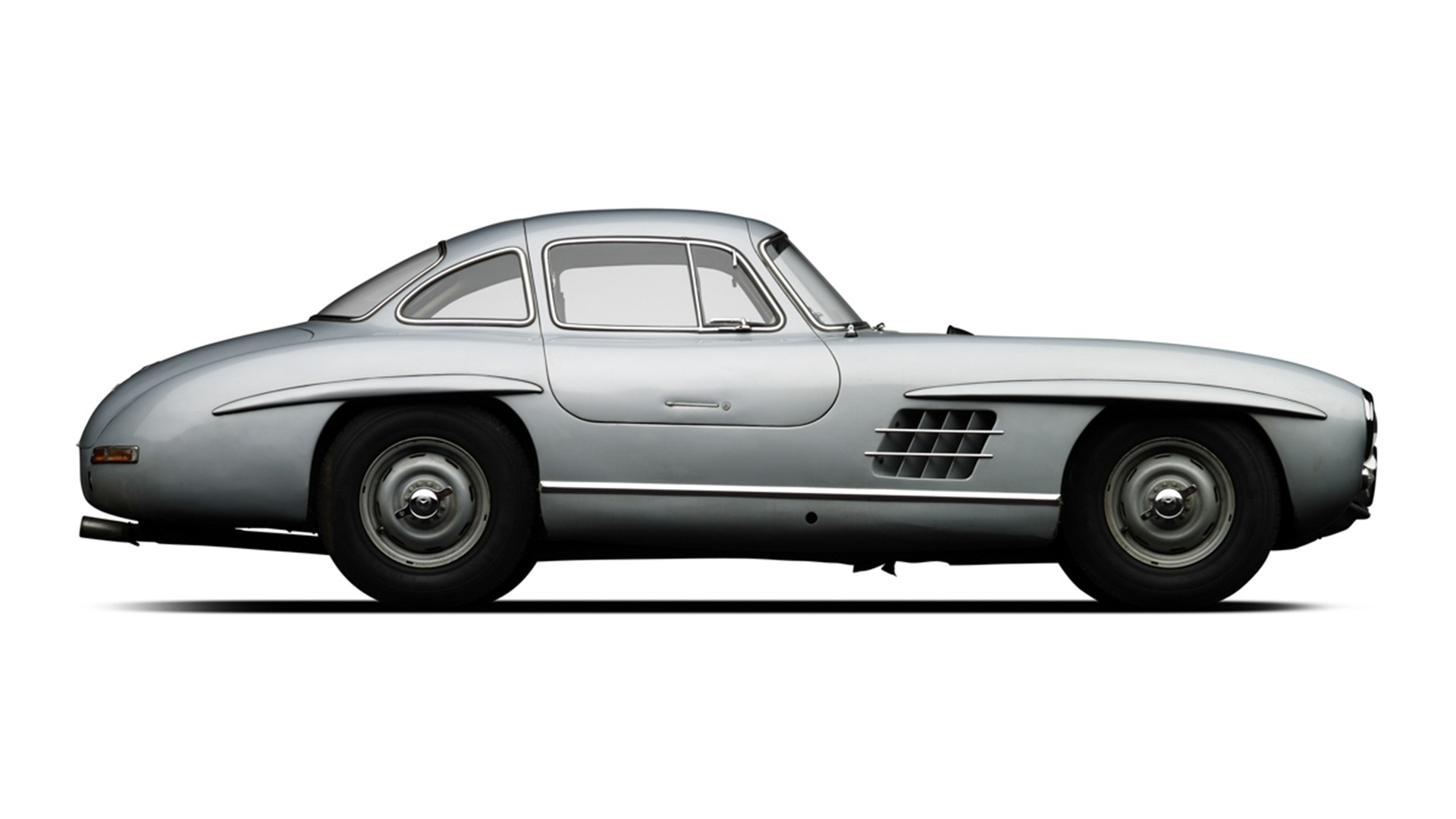In 1970, the internet was a distant dream, and finding your dream classic car was a matter of diligent searching through newspapers and specialist magazines. For enthusiasts like myself, the Sunday New York Times classifieds were a treasure trove, especially the old car section. While many listings, filled with Duesenbergs and other high-end classics, were financially out of reach for a medical student, the desire for a car with history, sporting pedigree, and timeless design, instilled by my father, remained strong. This quest led me to an incredible find: a 1955 Mercedes-Benz 300 SL Gullwing.
My father, a family doctor with a modest practice, nurtured my appreciation for automobiles from a young age. His patient logbook from 1956, a simple record of $3-$4 house calls, illustrates his humble earnings, yet his passion for cars was rich. Weekends often involved visits to local junkyards and used car lots, where he’d point out the potential significance of then-20-year-old cars from the 1930s, emphasizing the lasting appeal of sporty designs for discerning collectors.
It was this upbringing that shaped my search and ultimately led me to a classified ad in the New York Times. A gentleman in the suburbs was selling his 1955 Mercedes 300 SL Gullwing. It was described as being in excellent condition with less than 30,000 miles and fitted with desirable Rudge wheels. The owner, a pool builder, had acquired the car in a trade but discovered it wasn’t quite the practical family vehicle. Fortunately for me, 1970 represented a low point in the Gullwing’s market value, presenting a unique opportunity.
A phone call later, and a deal was struck at $3,500 cash. In today’s money, that’s around $21,000, still a significant sum but a steal for such an iconic car even then. I immediately called my girlfriend Jackie for a ride, knowing I’d be driving home in my dream car. The transaction was swift, and the Mercedes-Benz 300 SL Gullwing was everything advertised: superb condition and remarkably original. Over the years, it has remained largely unscathed, a testament to its inherent quality and careful ownership. It became my daily driver, navigating city streets and even surviving a radio theft while parked during a hospital emergency. My father, though understated in his reaction, offered silent approval of my purchase, especially since it was self-funded.
A few months later, while passing Jerry’s Used Cars, a local lot in our less affluent neighborhood, I spotted another Gullwing. This one was a gleaming black example, somewhat incongruously parked amongst more mundane American cars. Mentioning it to my father, his response was a dry, “Well, we don’t need two of them.”
My initial Gullwing continued to serve me well, but about two months later, the black Gullwing at Jerry’s was gone. Curiosity piqued, I asked Jerry what happened to it. With a knowing smirk, he simply said, “Your dad bought it!” Returning home, the mystery was soon revealed. My father led me to the garage, where he was already lovingly tending to his newly acquired black Mercedes-Benz 300 SL Gullwing. Its original black paint was immaculate, giving it a fresh-from-the-factory appearance. The bill of sale showed he paid $4,750 – approximately $28,000 today – a premium over my $3,500 purchase, giving me a slight, humorous sense of one-upmanship.
However, my father arguably enjoyed his Gullwing even more. While my medical studies consumed my time, he dedicated himself to restoring and showing his car. His pride was evident when he won first prize at the 1971 New Hope Auto Show. The accompanying photo captures his beaming face, a mix of pride in his car and perhaps a little bit of showmanship.
Today, both of these iconic 1970 Mercedes-Benz 300 SL Gullwings are proudly displayed at the Simeone Foundation Automotive Museum, a testament to a shared passion and a bygone era of classic car discovery through the pages of the Sunday paper. They represent not just incredible automobiles, but a father-son story intertwined with the enduring allure of the Mercedes-Benz Gullwing.
